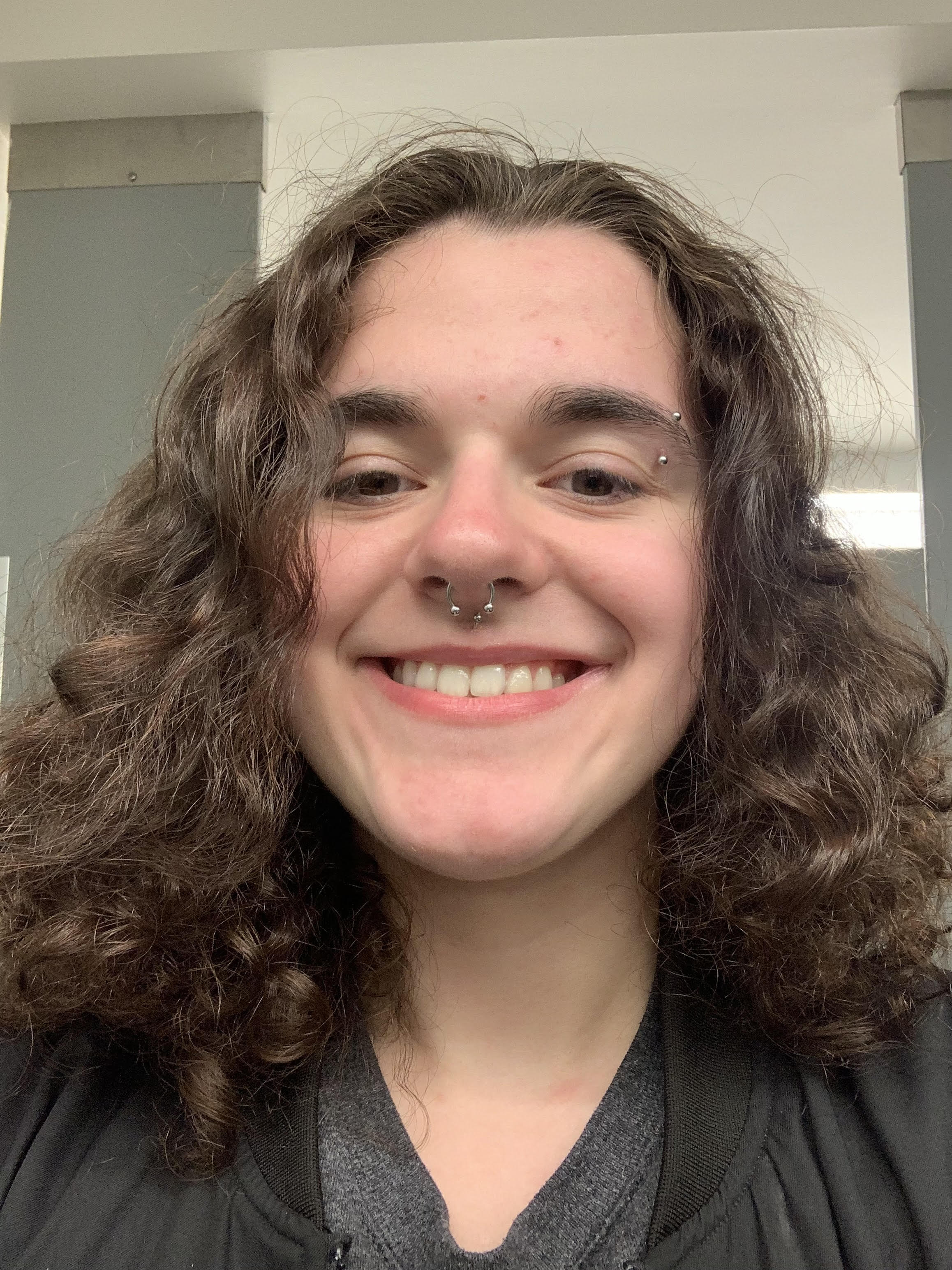Biomechanics
(D-134) Therapeutic Ultrasound Increases Endothelial Cell Migration

Sasha Heistand
Undergraduate Researcher
Bucknell University, United States- OB
Olivia Boerman
Assistant Professor
Bucknell University
Lewisburg, Pennsylvania, United States
Presenting Author(s)
Primary Investigator(s)
Low-intensity-pulsed ultrasound (LIPUS) exposure has been shown to clinically advance chronic wound healing. Though the biological mechanism is currently unknown, LIPUS treatment has been hypothesized to promote angiogenesis in endothelial cells which may lead to more effective wound healing. Therefore, the goal of this study was to understand the effects of ultrasound on cell migration and percent closure using a scratch assay. A deeper understanding of the effects of ultrasound on cell migration will inform future designs making treatment more effective and ultimately advance healing. Little is known about which conditions of LIPUS treatment are most effective; specifically, ultrasound intensity is of interest. Consequently, the effect of varying intensities of LIPUS on cell migration was studied in order to determine the most effective ultrasound intensity for cell migration and ultimately wound closure.
Materials and Methods::
150,000 Human Umbilical Vein Endothelial Cells (HUVECs) were seeded on 18x18 mm coverslips on four (n=3) 6-well plates and treated in the following groups: sham (0 mW/cm2), 50, 100, and 150 mW/cm2. After the coverslips reached confluency, a scratch assay was performed with a 1-mL micropipette used to scratch a straight line across the center of each coverslip. An ultrasound transducer was placed in each well. The well plate was then placed into a plastic tub containing sterile water resting atop a silicone-layer base (used to absorb the ultrasonic waves and control the amount of ultrasound exposure on each of the samples). The parameters for sonication were 36kHz, 50% duty cycle, and 50, 100, and 150 mW/cm2 (SPTP). After 15 minutes of sonication, the plates were imaged using LAS EZ brightfield microscope. After these images were captured, the plates were replenished with vascular media and incubated at 37.0oC and 5.0% CO2. Ten hours later, the cells were imaged again. After all the images were acquired (three images per well), they were traced in ImageJ with the polygon tool and the area of empty space was recorded. The differences between the areas at 0 hours and 10 hours with corresponding wells were calculated then analyzed with a single-way ANOVA and a Tukey post-hoc test. A p-value of less than 0.05 was considered to be significant.
Results, Conclusions, and Discussions::
The single-way ANOVA found that between the different treatment groups, there is a p-value of 0.00185, indicating significant results. According to a Tukey post-hoc analysis, the average differences in the scratch area between 50 and 100, sham and 100, sham and 150, and 50 and 150 mW/cm2 all yielded significant results, suggesting that ultrasound intensity significantly impacts cell migration. Marginally, the intensity of 100 mW/cm2 yielded the greatest average area difference suggesting this intensity leads to the most cell migration and may be the most effective for wound healing compared to the 50 and 150 mW/cm2 ultrasound intensities.
The potential impact of maximizing the efficacy of therapeutic ultrasound is critical to explore. Therapeutic ultrasound equipment has the potential to be used for at-home care and advance healing and ultimately quality of life for patients with chronic wounds.
Acknowledgements (Optional): :
References (Optional): :
